We’re already nearing the close of September, the month typically known to bring a collective sigh of relief to school-age parents as kids flock back to school. This year, working parents have been sighing alright. But for most, there’s little relief in sight.
The other day at one of our many virtual team meetings, we got to talking about back to school: how it was (or was not) going in our own families and communities in this first (and god willing, only) fall of the pandemic.
As you might imagine, the stories started rolling.
The stories were unique to each woman and family, and also similar. Themes now echoed in op-eds and editorials of how and what the pandemic is costing working moms rang clear: increased demands at home and work in the face of an already disproportionate share of household responsibility; career disruption; constant worry and distraction; relentless pressure to get it right while feeling like you are not getting anything right.
We could talk for days about all the stories we heard. And we should. As Deb Perelman has poignantly pitched, if we don’t make the loudest noise possible about the impossibilities faced by working class parents, working parents—or at least working moms—could be erased from the economy altogether.
One story struck a particular chord, not just because of what this particular woman is holding (a lot), but because her story intersects with and amplifies the stories of many other women. At this unprecedented time of simultaneous isolation and interconnection, the threads between us—for better and worse—have never been so profound.
Veronika works as a psychiatrist and medical director for perinatal and reproductive women’s mental health in Seattle. She loves her job, has a good, steady income, and her job security has not been directly threatened by the pandemic. She’s lucky, and she knows it.
Still, the work is not without challenge or risk. Serving female patients in the healthcare system, in which three-quarters of employees are women, the unique stressors of this pandemic on women is writ large in her daily experience.
Like many healthcare workers, Veronika faces high risk of exposure to Covid-19 on the job. She’s lucky in that she can see at least some of her patients remotely, and they did close their in-person program for several months, but that only resulted in sicker patients (pregnant women and new moms) and more inpatient hospitalizations.
This fact, the increased suffering of her patients—a population already at greater risk for depression and anxiety—has been the most significant impact of the pandemic on Veronika’s work life.
Increased isolation, elevated concerns about health risks, and the lack of social supports like baby showers are pushing many pregnant and postpartum women to a desperate place. For her patients working full-time, often as the sole breadwinner, the dire lack of adequate childcare makes the situation near impossible.
Childcare and caregiving dilemmas impact her workplace in other ways, too. Lack of childcare has forced several of her female colleagues to resign while others are unable to see patients in person because of family member’s health issues. This puts added strain on the system, which Veronika and others absorb, while disrupting hard-won careers.
With increased demands both at work and home (Veronika owns the majority of physical labor on the homefront in addition to managing school and beyond for her two boys, age 11 and 14), she finds it impossible to perform at pre-pandemic levels. And yet, the expectations remain.
“I can’t keep working at the level I did previously. I’ve thought about quitting a job I love because I can’t do it the way I want anymore.”
At the end of the day, faced with grumpy, screened-out kids, household clean-up, countless work and school emails still unread, and zero energy to connect with her husband, it’s easy to feel like she’s failing across the board.
This is the privileged life. The story of one high-performing working mom impacting and being impacted by other working moms, all across the spectrum of income and advantage.







